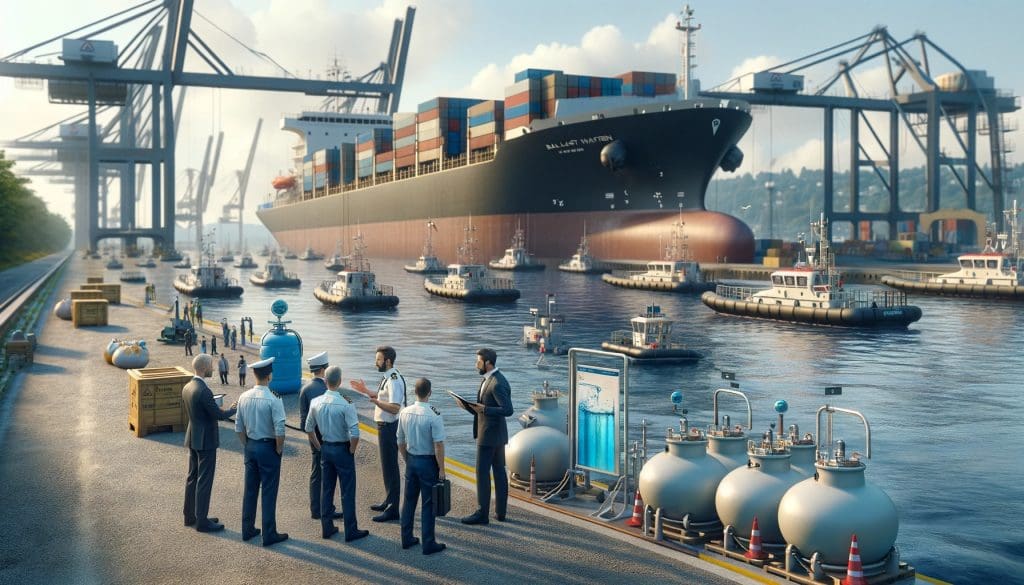Navigating Ballast Water Regulations: A Comprehensive Guide
Ballast water regulations play a crucial role in the maritime industry, ensuring the protection of aquatic ecosystems and preventing the spread of invasive species. It’s imperative for shipowners, operators, and maritime professionals to understand and comply with these regulations. In this comprehensive guide, we will delve into the world of ballast water regulations, explaining their significance, compliance requirements, and the legal framework surrounding them.
Understanding Ballast Water Regulations
Ballast water regulations are a set of rules and standards that govern the management and treatment of ballast water in ships. Ballast water is essential for maintaining a ship‘s stability, but it can inadvertently carry aquatic species from one region to another, potentially causing ecological harm.
The Significance of Ballast Water Regulations
The significance of ballast water regulations lies in their role in preserving the environment and preventing the introduction of invasive species into new ecosystems. Invasive species can disrupt local biodiversity, harm aquatic environments, and pose economic threats to industries reliant on healthy aquatic ecosystems.
Compliance Requirements
Compliance with ballast water regulations is essential for shipowners and operators. Failure to comply can result in legal consequences, fines, and damage to the environment. Here are some key compliance requirements:
- Ballast Water Treatment Systems: Ships must install and use approved ballast water treatment systems to ensure that ballast water is adequately treated before discharge.
- Ballast Water Management Plans: Shipowners must develop and implement ballast water management plans, detailing procedures for ballast water exchange and treatment.
- Record-Keeping: Comprehensive records of ballast water management activities must be maintained and made available for inspection by authorities.
- Compliance with International Standards: Ballast water regulations often align with international standards, such as the International Maritime Organization’s (IMO) Ballast Water Management Convention.
The Legal Framework
The legal framework surrounding ballast water regulations is multifaceted, involving international agreements, national legislation, and industry standards. Here’s an overview:
- International Agreements: The IMO’s Ballast Water Management Convention sets out global standards for ballast water management and treatment. Member states are required to implement the convention’s guidelines into their national laws.
- National Legislation: Many countries have enacted national legislation to implement and enforce ballast water regulations. These laws vary from one country to another but generally align with international standards.
- Industry Standards: Industry organizations and associations often develop industry-specific standards and best practices to help maritime professionals achieve compliance.
Challenges and Compliance Solutions
While ballast water regulations are essential for environmental protection, they also present challenges to the maritime industry. Some of these challenges include the cost of installing treatment systems, the need for crew training, and ensuring consistent compliance across different regions.
To address these challenges, industry stakeholders are continuously working on innovative solutions. Shipowners and operators can seek assistance from legal experts and industry organizations to navigate the complexities of compliance.
Conclusion
In conclusion, ballast water regulations are a crucial aspect of the maritime industry, aimed at safeguarding our aquatic ecosystems. Understanding the significance of these regulations and ensuring compliance is not only a legal requirement but also a moral responsibility to protect our environment.
As the maritime industry continues to evolve, staying informed about the latest developments in ballast water regulations and seeking legal guidance when needed are essential practices for all maritime professionals. Compliance with these regulations is not just a legal obligation; it’s a commitment to preserving the delicate balance of our oceans and waterways.




















